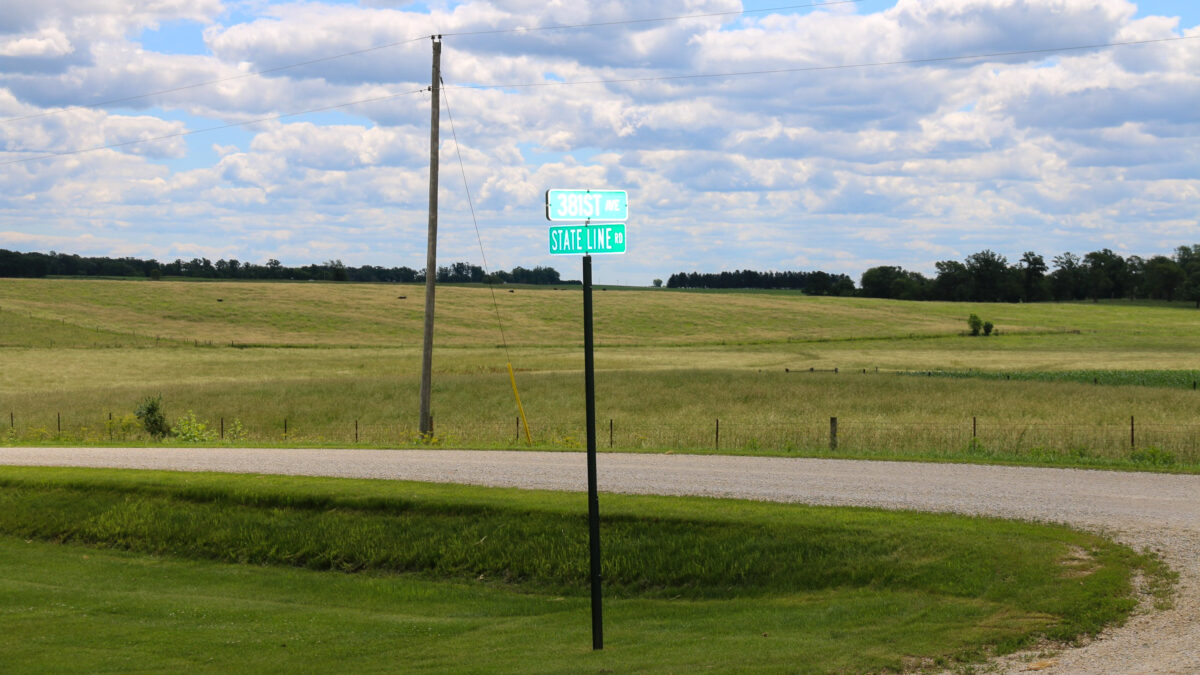America Needs Investments in Rural Communities and Economic Development
Guest Author
Special Contributor to FB.org

photo credit: Alabama Farmers Federation, Used with Permission
Guest Author
Special Contributor to FB.org
Download a 60-second audio version of this column at Robert Focus.
American well-being is tied to the economic survival of rural America. More than 46 million people – about 15 percent of the U.S. population – live in rural America. They provide the food and fiber that feeds and clothes the nation, and much of the world. Despite its importance, the rural American economy has suffered, not just from the loss of farms, but from a downward spiral caused by economic recessions and a lack of investment in business, infrastructure and education. Yet, there are signs that rural resilience may help turn things around.
Employment rates are important indicators of economic health. Following a pre-recession peak in 2007, rural employment fell to a low in the last part of 2009. Then, rural areas missed much of the employment rebound that benefited urban areas, and only began to climb again starting in 2014.
Rural employment still remains below pre-recession levels, and rural areas continue to experience population loss, poverty and lower educational attainment than urban areas. While the rural population increased in scenic and energy-boom areas, it has declined in areas dependent on farming, manufacturing and resource extraction.
The loss of jobs and exodus of people fuel the downward spiral, and education is strongly tied to employment. One-third of American schools are rural, serving 11 million students. These schools face the same challenges as urban school districts, but seldom get attention from legislators, policy makers and media. Rural schools have suffered due to shrinking tax bases, shifting local economies, and brain drain among young people who move to more urban areas after high school graduation.
Most state and local funding efforts concentrate on programs for urban schools, but the problems facing rural schools are not just economic. Like many remaining businesses that have had trouble attracting employees to rural areas, rural schools have trouble recruiting teachers. Rural communities have lost theaters, shopping centers, banks, restaurants, clinics and other attributes that attract people.
Rural education is making progress, though, with increases in rates of high school completion and the proportion of adults with four-year college degrees. Growth in college-educated adults still lags urban areas, but the proportion of rural adults who completed at least some college or earned an associate 's degree now exceeds the corresponding proportion of urban adults.
USDA has instituted several programs to help the rural economy. Since 2009, USDA has invested $224 billion in rural development efforts, in more than 1.2 million communities. Still, use of the USDA programs remains low, due to lack of understanding of how they work, and perceptions that applications are difficult and hard to understand.
Farm Bureau members are also trying to change the climate for small business. The AFBF Strong Rural America Initiative fosters the growth of agriculture and food businesses in rural communities. As part of the initiative, the Farm Bureau Rural Entrepreneurship Challenge is the first national business competition focused exclusively on rural entrepreneurs working on food and agriculture businesses. Rural entrepreneurs pitch innovative business ideas to a team of judges with expertise in business development and agribusiness. Winners can receive thousands of dollars in awards to help their new businesses. In its first year, the challenge attracted 95 entries. The number increased to 165 last year, and this year there were 355 entries.
Many state Farm Bureaus also are engaged in economic development programs, including assistance in helping small businesses develop strategic business plans, and raising the capital needed to fund investments in rural businesses.
There is still much work to be done. The "digital divide" – the difference in broadband access between urban and rural areas – also hinders rural economic growth. Broadband Internet access is essential for rural businesses, schools and farms. High-speed Internet access is also needed to foster adoption of new precision agricultural technologies, such as mobile radar, and remote sensing technologies on drones or tractors.
America and the rest of the world need farmers, but they also need strong rural communities. Investments in education, infrastructure and economic development to help rural communities are investments in food security
Robert Giblin writes, speaks and consults about agricultural and food industry issues, policies and trends.